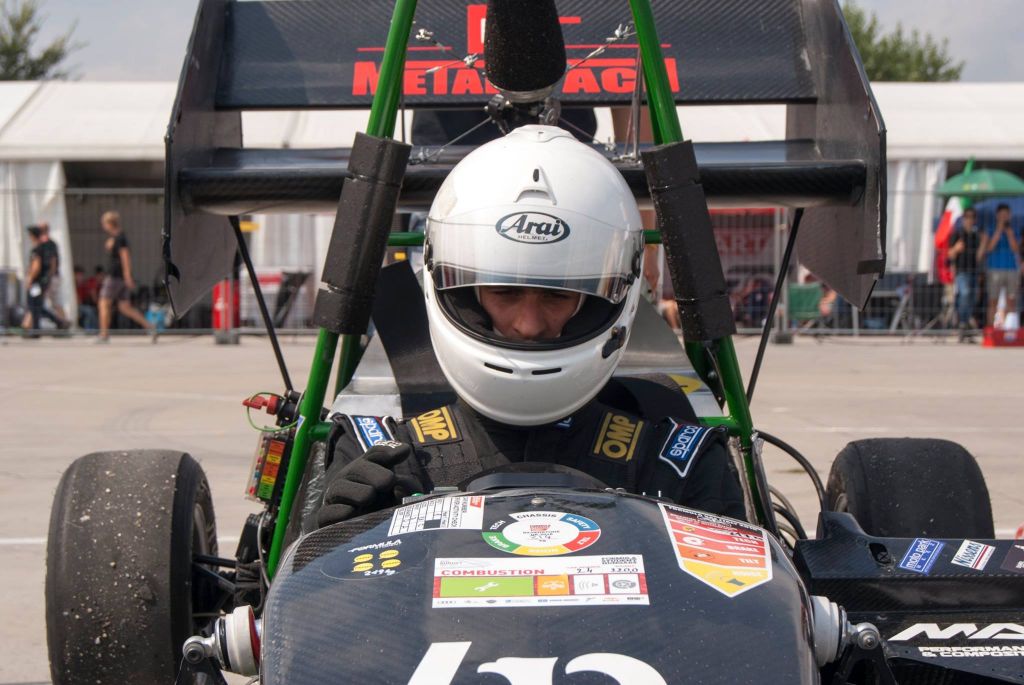Karting, often seen as a gateway to more prestigious forms of car racing, has a rich and fascinating history that began modestly and evolved into a worldwide passion. Today, we will explore how this dynamic racing sport developed from simple beginnings to an international sports stage.
Beginnings in Southern California
The history of karting starts in 1956 in Southern California, when Art Ingels, a mechanic at Kurtis Kraft, a race car manufacturing company, built the first go-kart. Ingels used a small engine from a portable generator and a simple frame to create a vehicle that quickly gained popularity within the local community. This humble device became the prototype for future designs and ushered in a new era of amateur racing.
The 1960s saw an explosion in the popularity of karting. Competitions began attracting both amateurs and more experienced drivers, drawn by the low costs and thrilling competition the sport offered. Karting clubs started forming worldwide, and the first international competitions began to shape the global nature of the discipline. In 1962, the International Karting Federation (CIK-FIA) was established, marking a milestone for the sport by introducing standardized regulations and promoting karting on an international stage.
Karting as a Stepping Stone to Bigger Races
Over the years, karting has evolved not only as a sport but also technologically. The initial models were simple and not very fast, but gradually advanced materials such as carbon fiber and aluminum were introduced, increasing speed and safety. Engines became more efficient, and designers focused on aerodynamics to maximize performance on the track.
Many well-known Formula 1 drivers started their careers in karting, highlighting its value as a training tool. Legends such as Ayrton Senna, Lewis Hamilton, and Michael Schumacher earned their first racing stripes driving go-karts. Karting offers not only the opportunity to learn basic racing skills but also allows young talents to compete in challenging and demanding conditions.
Modern Karting
Today, karting is recognized as an important and competitive sport at various levels, from local tracks to international championships. It is accessible to a wide range of ages and skill levels, making it one of the most inclusive racing sports. Additionally, innovations such as electric go-karts are beginning to introduce elements of sustainability to the sport, opening up new possibilities for future generations.
Karting is not only an exciting sport but also a crucial element in the development of motorsport. From simple constructions built in garages to technologically advanced machines, karting has had a significant impact on the world of motor racing. Its history shows how passion and innovation can transform a simple pastime into a global phenomenon, paving the way for the careers of some of the biggest names in car racing.

